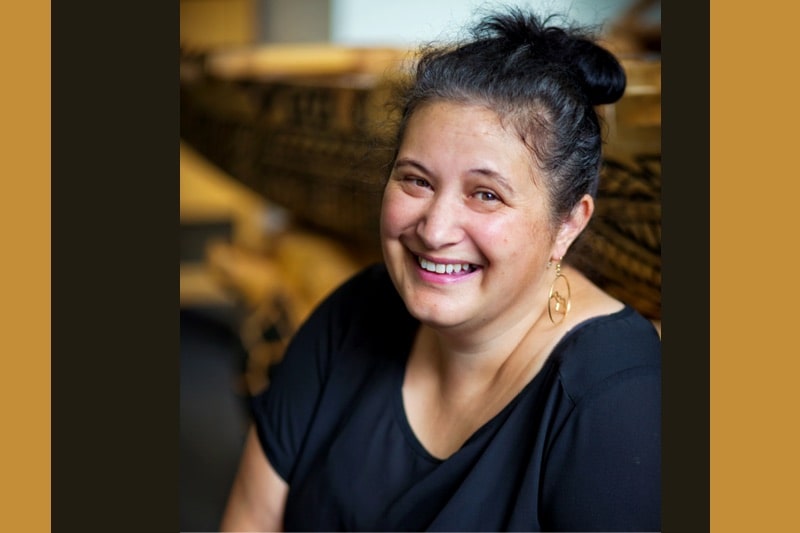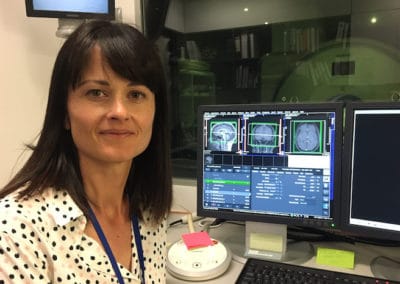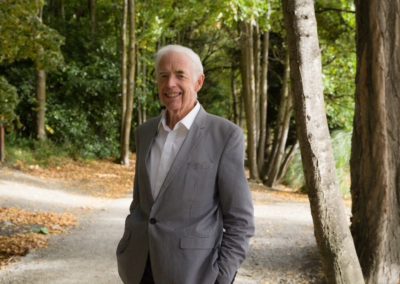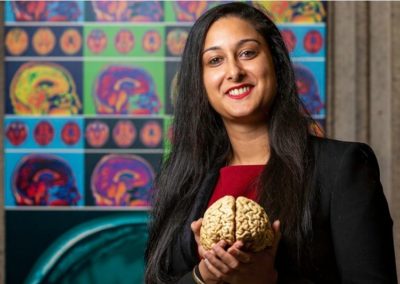“When you read my CV, I look a bit nuts,” Justine Camp (Kāi Tahu, Kāti Mamoe, Waitaha) says. And indeed, the path that lead her to do a PhD at BRNZ is more diverse than most: Justine has taught te reo Māori since she was 16, studied social work, managed an art gallery and even opened a tattoo studio. At the same time, she also built her career as a Māori researcher, first completing a Masters looking at the impact of type 2 diabetes on whānau, and then working as a lecturer at the University of Otago for many years. Currently, Justine is a Research Fellow for the Better Start National Science Challenge, serves on a number of governance committees and is working on her PhD at BRNZ. “Finally,” Justine says, “all my stars are aligning.”
For her PhD project, supervised by Dr Anne-Marie Jackson, Justine is developing a Māori health model for whānau across the lifespan and across generations. The model is based on star compasses used by navigators to voyage the Pacific: They had to learn star constellations, watch how the stars move across the sky, and understand wave and wind patterns. “I’ve created a health compass based on the same idea,” Justine says. “If you do a lot of monitoring, you’ll start to see patterns and get a picture of how things work.”
Justine, her mother, daughter and grandson have all been trialling the model, as well as other intergenerational whānau groups. For three months, they recorded the different indicators in a diary – everything from the moon cycle, to water, sleep, daily activities, food, … “In the first month, you’re trying to work out what enhances and what diminishes your wellbeing,” Justine explains. “And after about two weeks, you’ll start to notice patterns and relationships. For example that during a full moon, you don’t sleep well.” There is also a focus on brain health within the model: Different indicators keep track of memory and activities that are good for the brain, such as practicing karakia or speaking a second language. One of the questions Justine tries to answer is how whānau understand the ageing brain, and the relationship between the ageing brain and wellbeing.
Justine has developed her hauora (wellbeing) model in the context of Kāti Huirapa ki Puketeraki, Justine’s hapū and a subtribe of Ngāi Tahu, and specifically within the framework of papakāika, a lived whānau community. For Justine, it is a chance to examine hauora in a way that is meaningful for her own community. She is not trying to change the current healthcare system (which does not benefit whānau), she says. Rather, she tries to develop a model that is empowering and focused on whānau improving their own health: “It’s for you to take control of your health and wellbeing.” And it seems to work: after the 25 participants finished the 3-month trial of Justine’s hauora model, they have continued to use it and report being “mind-blown” by the experience.
With BRNZ’s focus on kaupapa and mātauranga Māori, Justine’s research is a valuable contribution to our Mātauranga research platform and the Centre as a whole. Moreover, Justine is facilitating the relationship between her papakāinga, BRNZ, and the wider neuroscience community. As one of our Māori community partners, the whānau of Kāti Huirapa ki Puketeraki plays a vital role in ensuring that our research is culturally responsive and meaningful for Māori. And having strong and committed kairangahau Māori (Maori researcher) like Justine will help us navigate these waters and stay on track.



